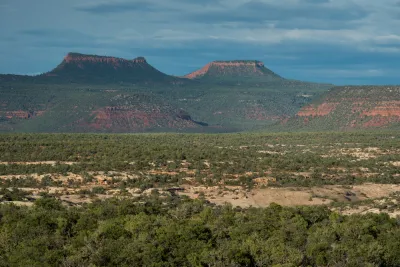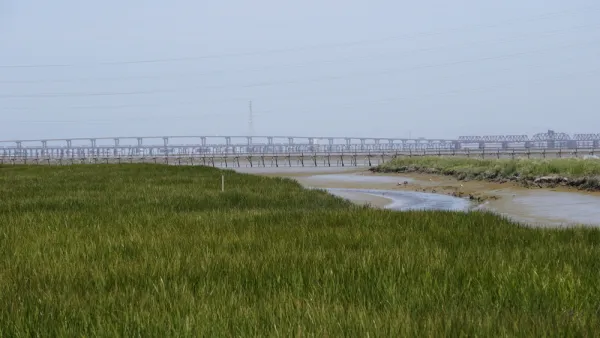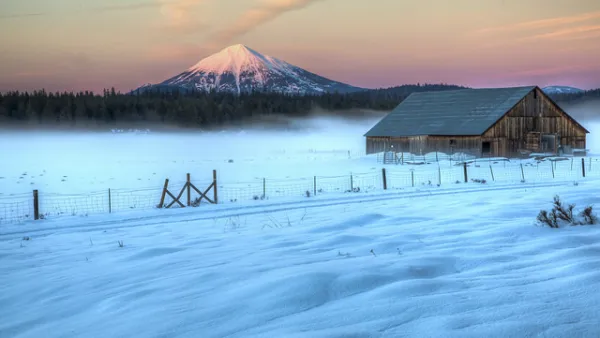Drone footage and 3d models reveal the stakes in an ongoing legal controversy surrounding the Trump administration's attempt to undo the Obama administration's use of the Antiquities Act to create the Bears Ears National Monument.

A Washington Post investigative team, Joe Fox, Lauren Tierney, Seth Blanchard, and Gabriel Florit, has published a large, interactive feature investigation into the Trump administration's 2017 decision to reduce the size of Bears Ears National Monument in Utah by more than 1.1 million acres.
Some Utah lawmakers and local residents the Trump administration's decision to reduce the size of Bear's Ears National Monument by 85 percent, but the decision "also followed a uranium firm’s concerted lobbying, an effort led by Andrew Wheeler, who now heads the Environmental Protection Agency."
Given the dubious motivations behind the decision, the Post team uses drone footage of to investigate whether the Trump administration kept its promise to protect the "important objects of scientific or historic interest" in the area surrounding the reduced national monument. In fact, the investigation finds many such "important objects of scientific or historic interest" in the areas located outside of the revised boundaries.
The interactive feature includes 3D models created from the drone footage to show Pueblo cliff dwellings built 1,000 years ago. The back and forth with the federal government, still unresolved, poses additional threats to the architectural record found in the area as detailed in the story. There's the environmental risk posed by the potential of developers seeking to extract the oil, coal, and uranium deposits that would be accessible if the Trump administration's actions hold up in court, as detailed in 2017 coverage by Laris Karklis, Bonnie Berkowitz, and Tim Meko.
FULL STORY: What Remains of Bears Ears

Analysis: Cybertruck Fatality Rate Far Exceeds That of Ford Pinto
The Tesla Cybertruck was recalled seven times last year.

National Parks Layoffs Will Cause Communities to Lose Billions
Thousands of essential park workers were laid off this week, just before the busy spring break season.

Retro-silient?: America’s First “Eco-burb,” The Woodlands Turns 50
A master-planned community north of Houston offers lessons on green infrastructure and resilient design, but falls short of its founder’s lofty affordability and walkability goals.

Test News Post 1
This is a summary

Analysis: Cybertruck Fatality Rate Far Exceeds That of Ford Pinto
The Tesla Cybertruck was recalled seven times last year.

Test News Headline 46
Test for the image on the front page.
Urban Design for Planners 1: Software Tools
This six-course series explores essential urban design concepts using open source software and equips planners with the tools they need to participate fully in the urban design process.
Planning for Universal Design
Learn the tools for implementing Universal Design in planning regulations.
EMC Planning Group, Inc.
Planetizen
Planetizen
Mpact (formerly Rail~Volution)
Great Falls Development Authority, Inc.
HUDs Office of Policy Development and Research
NYU Wagner Graduate School of Public Service




























